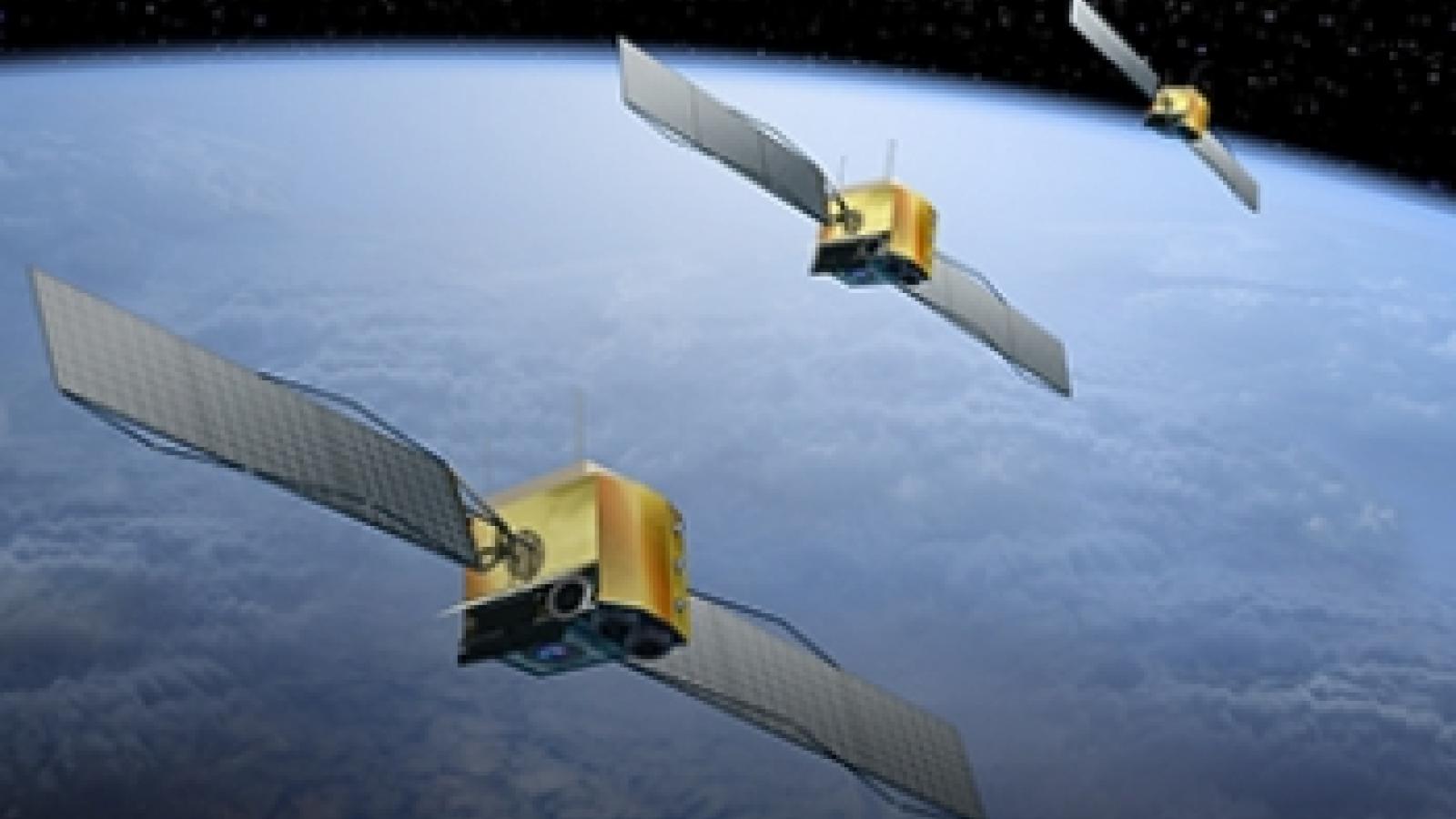On-Orbit Assembly of Space Assets

Synopsis
The ability to assemble modular building blocks on-orbit will revolutionize the space industry. On-orbit assembly will enable the creation of vast and highly capable space structures that can potentially be upgraded and reconfigured to suit changing needs and mission objectives. The paradigm could lower launch, risk, and development costs while increasing flexibility and resilience.
This paper examines this burgeoning field—which is still very much in its infancy, but poised for rapid growth. In particular, the authors look at the guidance and policy decisions that could keep development on a sustainable path. Several pioneering firms are pursuing their own proprietary designs and approaches to on-orbit assembly. While that can spur rapid advancement in the short term, it can actually stifle innovation in the long term. A better approach, the authors find, would be for the industry to establish and adopt standards for common interfaces, particularly in the areas of mechanical, electrical, power, thermal, and data subsystems. Moreover, the best time to develop such standards is now—before key participants become too heavily invested in their own proprietary technology.
A number of industry and government bodies are starting to consider interface standards for on-orbit assembly blocks—but they will have to address concerns over national security, intellectual property, liability, and other vital issues. Galvanizing the space industry to set voluntary interoperable standards is no easy task—but it could prove vital in fostering the next great steps in space exploration and innovation.
Authors: Karen Jones, Danielle Piskorz
Download this paper at: https://csps.aerospace.org/papers/orbit-assembly-space-assets
